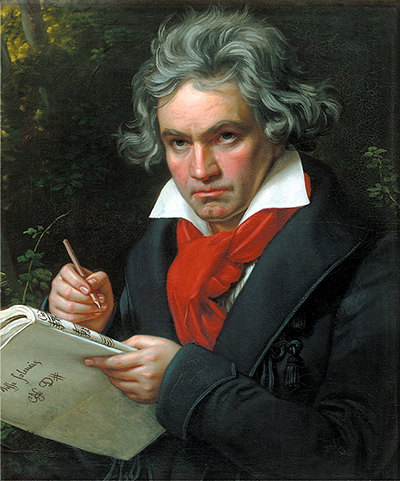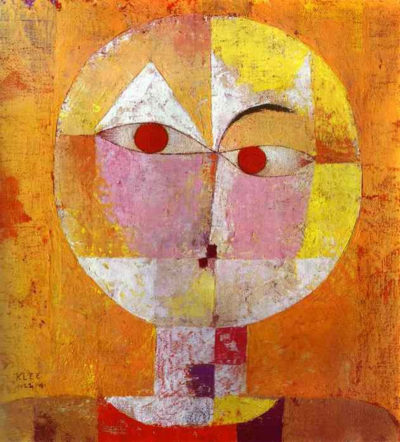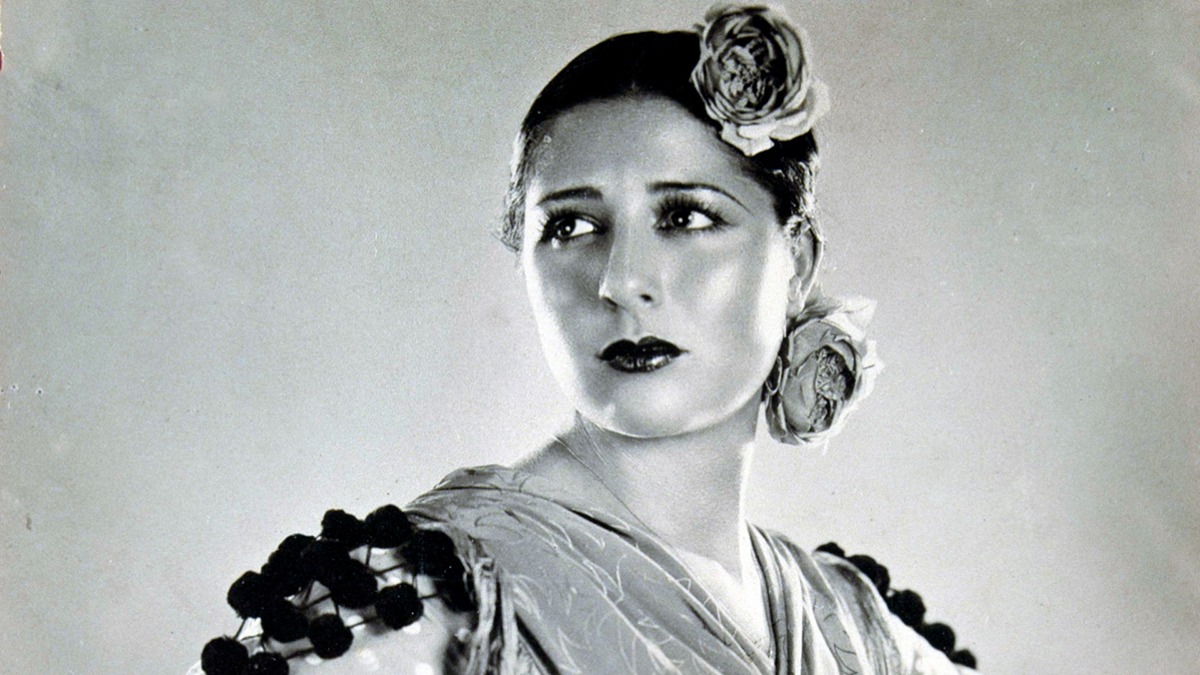December 12, 1990 — Concha Piquer
There are expressions whose use is declining, as dictated by the canons of language and the evolution of life: what is a first sword? Who remembers today the fool from Abundio who sold the car to buy gasoline? And, if we take into account that almost 50% of the population was born after the 1978 Constitution, we discount foreigners and the high percentage of forgetful people among the rest, how many are left who know what the expression refers to? give more bumps than the trunk of the Piquer?
First: Mrs. Concha Piquer was a Spanish singer, born in Valencia in 1906 and died in Madrid in 1990, considered the most prominent and important of the couplet singers. Second: he always traveled with half a house on his back because, in addition to his singing supplies (clothes, accessories, shoes, etc.), we had to add his habit of transporting household items since, according to his biographers, he did not like hotels or their prices and preferred to rent a home in which to recreate his home wherever he went.
They say that she was very demanding, but that before she was with herself. She had been born into a humble family and she lost her father very young, after he fell from a scaffolding at the construction site where he worked. Her mother was a seamstress and she was left with three girls and very few resources. Concha was the oldest and the smartest, she sang well and entered the contests that were organized in the city. In one of them she was captured by Manuel Penellacomposer and manager of singers who convinced her to go to New York, where his work was to be performed The Wildcat, very famous zarzuela of which the older ones can still sing some verses.
In the United States, he learned the rigorous method of work and the Spartan discipline that he maintained throughout his career. She studied hard, rehearsed, ate very little, slept many hours and led an almost monastic life in order to give her best on stage. She recorded records and took part in films of the type in which, with any excuse, the protagonist would start singing, as was also the case with those of Antonio Molina either marisol.
She was the queen of the copla, the Spanish genre that combines a generally dramatic story with music of Andalusian descent. Hers are the great interpretations of Green eyes either Tattoo, two songs that should be compulsory in secondary education, now that the LOMLOE proposes to study by situations; Isn’t it great to go out to a party with friends and/or colleagues and end up singing a national anthem?
She got together with a married bullfighter (anathema at the time) and had her daughter Conchita, she set up a company in which she brought the best artists of the moment (post-war) and was pleased to detract from what has since been considered her successor. , Rocio Jurado, because of what he could shadow him. In Valencia it is revered for being such a genuine product of the terreta like oranges and fallas, and it’s still the most in the style that identifies it.
No one anymore, except for Georgina Y Christiantravels with trunks, although those of La Piquer were made of wood and they do so with the updated model of the one Louis Vuitton created in 1853 so that the empress Eugenia de Montijo she could keep her travel suits and trinkets in a small and original cabinet.
On the other hand, it is the 25th anniversary of the premiere of Titanic, A good opportunity to see it for the umpteenth time and look at the luggage of the characters who occupied the first-class cabins, which were of a similar model. Nothing to do with the invented (non-natural) fabric backpacks with which people travel today, preferred for their large capacity and because they are light.
December 16, 1770—Ludwig van Beethoven

Until the Civil Registry was implemented —year 1870 in Spain— as a body for the registration of births, marriages and divorces, and deaths, there was no way of knowing what day people were born, although they were not very reliable either, since many newborns were not registered for fear of conscriptions or calls to the ranks, in the case of males. Tradition says that babies were baptized within twenty-four hours of their birth so, in most cases, we must go to the parish registers that kept accounts of their activities.
This circumstance occurs in the case of Ludwig van Beethoven, of which the exact date of birth is not known, although he was baptized in Bonn on December 17, 1770. His family was of humble origin and fond of music; his father wanted to make him a little Mozart and took him to study with the court organist Christian Gottlob Neefewho was his first teacher.
At seventeen he moved to Vienna to study with Mozart, but his mother’s illness forced him to return to Bonn, where he remained until 1792; After the death of his mother, he settled again in the Austrian capital to study with Haydn Y salieriand begin his career as a composer within the canons of classicism that was in style at the time.
The last decade of the 18th century was a very turbulent period politically, with great transformations that were also reflected in artistic manifestations, including music. It is a cliché to say that the lives of Goya Y beethoven they ran parallel in many respects, as was the condition of deafness itself. The condition began to manifest itself in Beethoven when he was twenty-six years old and turned him, like the hand, into an introspective and even reclusive being, immersed in solitude and distance that, on the other hand, would be an incentive for the production of the. It is also said of both that they represent the transition from classicism to romanticism, in which they were the vanguard of the new models, sometimes misunderstood, with which the 19th century opened.
Beethoven’s work is usually classified roughly in three stages: training, maturity and breaking with the tradition to which reference has already been made. His name is always associated with the description of genius and it is said that he was already recognized in this sense by his contemporaries, although in this matter of music it happens as with flavors, each one has his preferences: he liked him a lot Bach The same thing happens to your server. Beethoven represents the courtly, the magnificent and, at times, the grandiloquent, especially if the conductor is called karajan. Not even Miguel Rioswith his version of Granada’s «Hymn to Joy», has given it the lightness that, for example, the Brandenburg concerts by Johan Sebastian.
For tastes, the colors.
December 18, 1879—Paul Klee

Paul Klee was a German artist of Swiss origin who was born in Berne in 1879 and lived, like many artists of his generation, in the Europe of World War I and the first avant-garde movements. His parents were musicians and they wanted Paul to be one too; he studied solfeggio, violin and piano, until he decided that his thing was the plastic arts and, especially, painting.
He studied in Munich, where he experimented with German Expressionism (color, rabid color) and symbolism. He admired kandinskywho invited him to join the group The Blue Rider —sounds nicer in german: Der Blaue Reiter— and that he was infected by his way of understanding art as a connection with spirituality whose function was not to reproduce the visible but make life visible.
He was lost for a few years, without finding his artistic voice until in 1914 he traveled to Tunisia, where the Chinese ink drawings and engravings were ruined by the force of color and light from North Africa. There he wrote his password: «The color and I are one. I’m a painter”.
His work is full of influences from all the artists that surrounded him. As he told it, he began to paint a picture by marking a point and then taking the line for a walk; beside Of one and and Kandinsky followed the path of abstraction, but the true one, that is, Klee was a good draughtsman whose work was in search of the essence until it reached the loss of the object and the predominance of color spots over the drawing. He has sometimes been described as childish or informal, but he is the type of creator that you have to read to understand how he came to find a form of artistic expression known as synesthetic, the one in which the sensations are mixed —listening to colors, seeing sounds— that some artists are capable of transferring to a work.
Mere mortals are not allowed that ambrosia that the gods have capriciously distributed among some privileged people and that is why, when contemplating these paintings, many think they are rubbish or, in the best of cases, that anyone can do it. Klee was well aware of what imitable of his paintings and for this reason he kept an exhaustive record of each one of them, which allows them to be identified and, in a certain way, to avoid the forgeries so common in contemporary painting.
His musical education was extraordinary, which allowed him to enjoy perfect pitch, or was it the other way around? Can sounds be painted? Can colors vibrate in melodic harmony? Can divinity manifest in a painting? Can the Violin Concerto in A minor BWV 1041 of Bach fill a canvas? Those arbitrary gods have accumulated in a few beings all the gifts that are enviable. That’s not fair.

